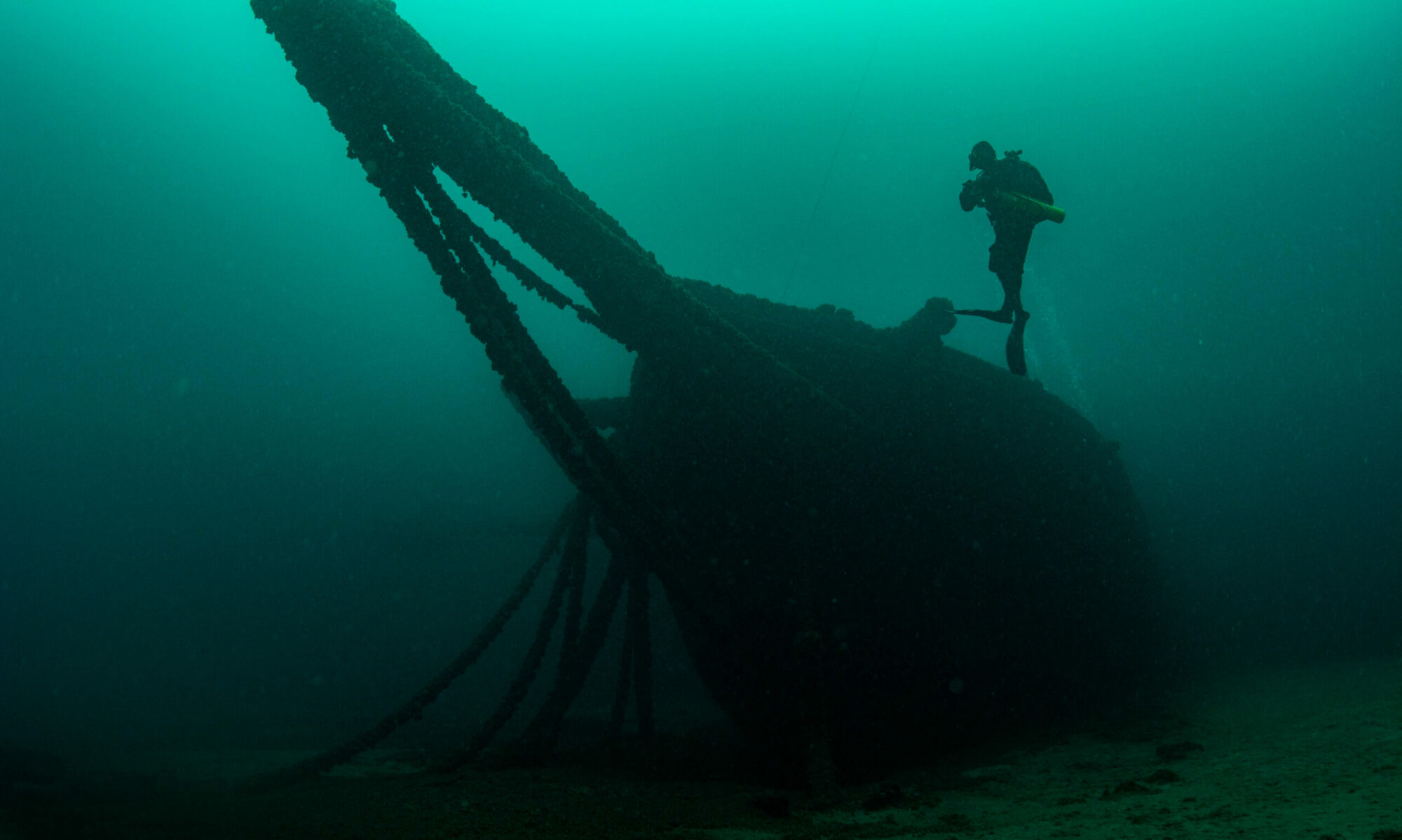Plan to attend our show in 2025.
A Big Thank You to all those who attended our show in 2024.
Visit and support our sponsors so we can continue the show in the future.

Presented by The Ford Seahorses and Sea Lancers
Plan to attend our show in 2025.
Visit and support our sponsors so we can continue the show in the future.